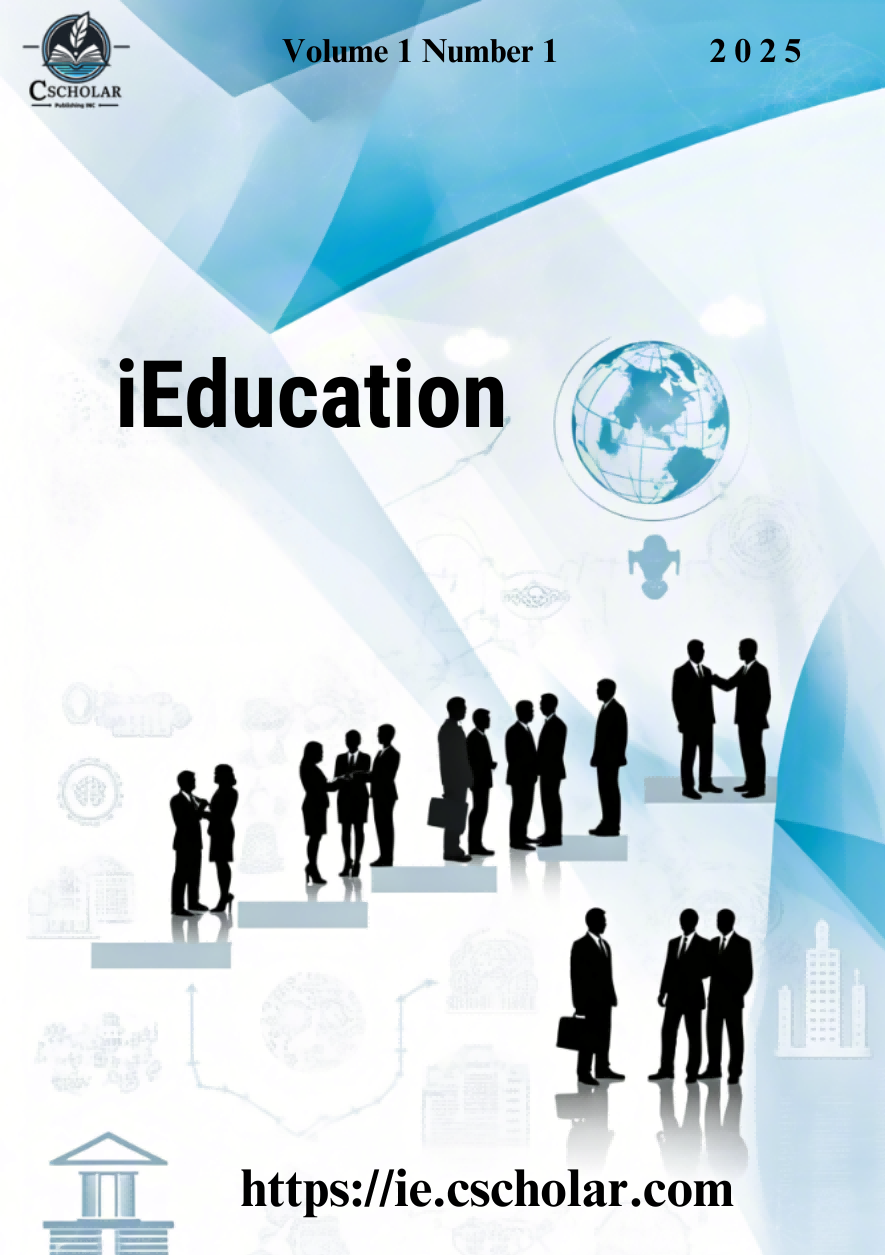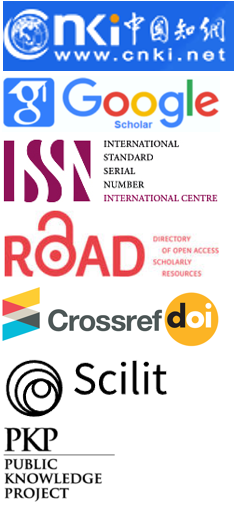Exploring the Characteristics of Classroom Introductions by Young Junior High School Mathematics Teachers: Evidence from a National Video-Based Teaching Competition
DOI:
https://doi.org/10.71204/xg9k4s37Keywords:
Classroom Introductions, Instructional Video Cases, Teaching StrategiesAbstract
Based on instructional video cases from the 13th National Junior High School Young Mathematics Teachers' Exemplary Lessons, video analysis methodology was Employed. This study investigates the structural elements and implementation characteristics of classroom introductions in junior high school mathematics education. The analysis focuses on six dimensions: characteristics, duration, methods, media, scenarios, and functions of classroom introductions. The findings reveal that outstanding young teachers demonstrate professional awareness in rationally controlling introduction time, applying media three-dimensional, and comprehensively fulfilling the functions of introductions. However, room for improvement remains. To enhance the effectiveness of introductions and improve teaching quality, practical recommendations are proposed for frontline educators: ensuring concise and efficient introduction time, employing vivid and diverse media, and designing scientifically feasible introductory scenarios.
References
Bergey, B. W., Cromley, J. G., Kirchgessner, M. L., & Newcombe, N. S. (2015). Using diagrams versus text for spaced restudy: Effects on learning in 10th grade biology classes. British Journal of Educational Psychology, 85(1), 59-74.
Ding, L. (2020). The introduction method of junior middle school mathematics classroom based on core literacy training. The Big World of Mathematics ( Late ), 09, 33.
Fan, L. (2017). Study on the Lead-in of the New Class of Junior High School in Chinese Reading Teaching. Shanxi Normal University.
Guo, X. (2014). Research on the teaching strategy of junior middle school mathematics new course introduction. Nanjing Normal University.
Han, S., & Cao, S. (2021). Research on the introduction strategy of mathematics classroom in the lower grades of primary school.Teacher Education Forum, 34(06), 57-59.
Huang, J. (2010). Examples of high school mathematics classroom introduction methods.Mathematics learning and research. (21), 52.
Huang, L. (2017). Research on the Effectiveness of Lead-in in Senior High School Geography Class.Guangxi Normal University.
Jiang, H., Liu, Z., & Wang, C. (2018). The conditions and strategies of meaningful learning theory for mathematics classroom introduction.Teaching and management. (21), 96-98.
Li, M. (2020). The characteristics and enlightenment of classroom introduction of high school biology quality class.Dongbei Normal University.
Li, R. (2020). An Analysis of the Characteristics of the Introduction of High-quality Mathematics Class in Senior High School.Shanxi Normal University.
Opfer, J., & Siegler, R. (2007). Representational change and children’s numerical estimation. Cognitive Psychology, 55(3), 169-195.
Wang, T. (2017). Application and Prospect Forecast of VR/AR Technology in Education.Digital Education, 3(01), 1-10.
Wang, Y. (2017). Junior high school physics classroom import survey and teaching practice research .Shanxi Normal University.
Yang, M., & Wang, Y. (2015). Research on classroom introduction technology in information technology environment.Teaching and management, (03), 104-107.
Yu, D., & Huang, Y. (2024). The basic characteristics of classroom teaching of primary school mathematics expert teachers - - Based on the analysis of four expert teachers ' teaching videos. Journal of Mathematics Education, 33(02), 41-48.
Yue, D. (2016). The method of obtaining classroom teaching design points-taking classroom introduction as an example.Primary and secondary school teacher training. (11), 38-40.
Zhao, J. (2017). Pay attention to the effectiveness of " lead-in " five minutes before English class.Journal of the Chinese Society of Education, (08), 105.
Zhao, Y. (2018). To improve the effectiveness of English classroom lead-in, we need to pay attention to methods and design.Chinese Journal of Education, (03), 107.
Downloads
Published
Issue
Section
License
Copyright (c) 2025 Qing Zhang, Haibin Chang, Hongde Wu (Author)

This work is licensed under a Creative Commons Attribution 4.0 International License.
All articles published in this journal are licensed under the Creative Commons Attribution 4.0 International License (CC BY 4.0). This license permits unrestricted use, distribution, and reproduction in any medium, provided the original author(s) and source are properly credited. Authors retain copyright of their work, and readers are free to copy, share, adapt, and build upon the material for any purpose, including commercial use, as long as appropriate attribution is given.








